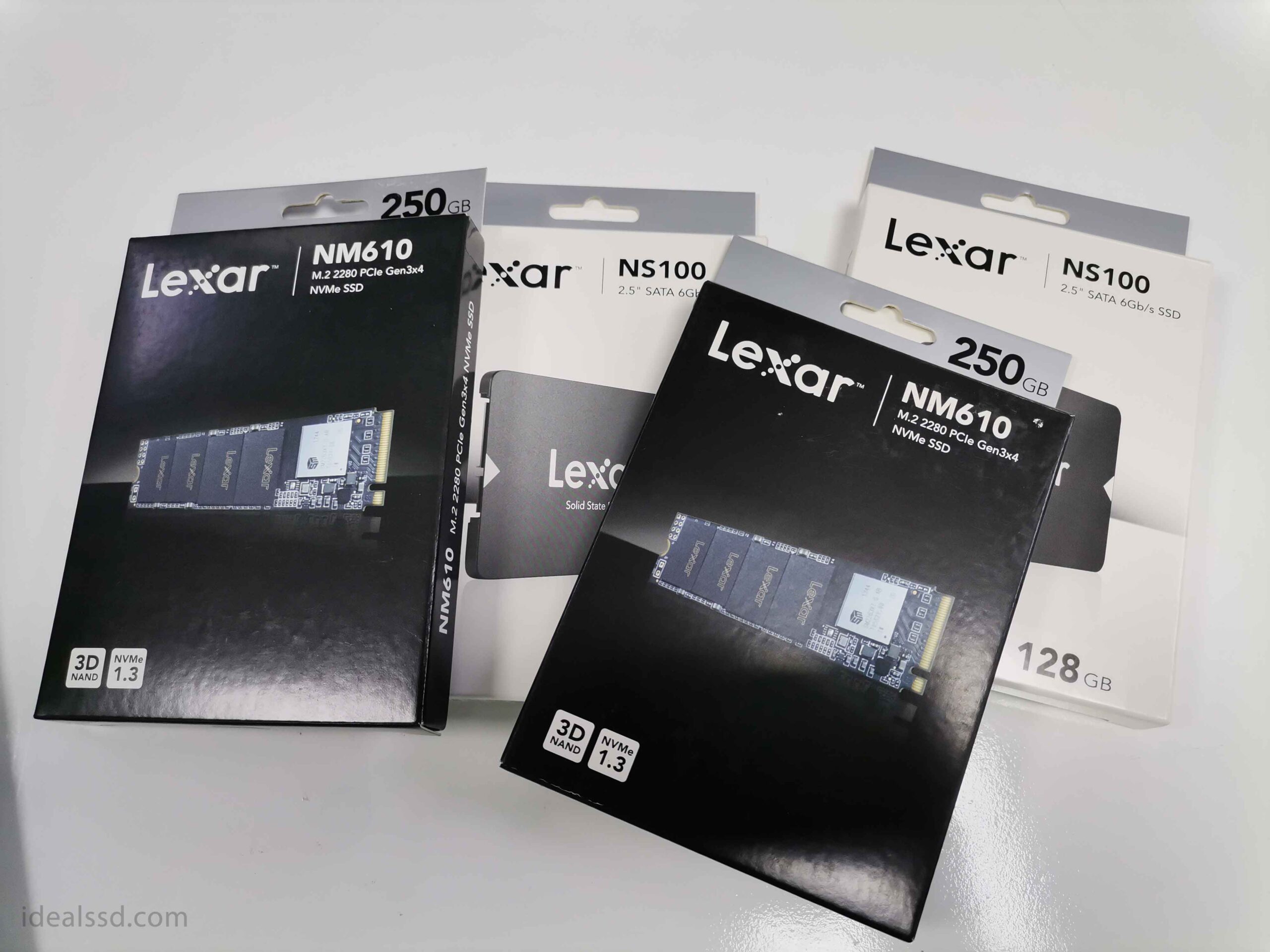How does SSD store data without power?

Solid-state drives (SSDs) have completely changed how we store our files on devices. Portable storage devices such as USB flash disks and solid-state drives (SSDs) have become increasingly popular due to their portability, large capacities, high speeds, and low power consumption.
But how do they work? Since we can’t access the physical components, it’s hard to understand what exactly is going on inside there. We will look at one of the most complex components: NAND flash memory. Lets’ go.
NAND storage
Solid State Drives (SSDs) use memory chips called “NAND” flash drives for storage. When these cells are written to they hold a tiny bit of electrical charge on their surface. These bits represent binary ones and zeros just like any computer hard drive.
What happens when you remove power from an SSD? The NAND flash chip will lose its charge over time and eventually fail. If this happens while your device is in active mode, it will cause all the data stored on that drive to be lost. This can happen even if there is no physical damage to the drive itself.
How do SSDs store data without power?

Solid State Drives (SSDs) store files using nonvolatile semiconductor memories called NAND flash memory chips. Non-Volatile means that once written, they won’t lose their contents when the power goes off. A small quantity of electricity or magnetism is required for its operation. Flash memory cells in solid-state drives (SSDs) possess high resistance and storage capacity to retain their charge levels for a long period of time.
But even so, the charge on the cell still fades if SSDs don’t receive any power for a period of time. An SSD will lose its data after several years without charge. Memory cards and USB drives behave similarly. You might want to check out your SSDs’ content at least once per month. Otherwise, you could end up losing all your data inside!
What actually happens when an SSD works?
There are transistors inside an SSD which are arranged in symmetrical columns (rows) and rows (columns). Transistors have two states: They either conduct electricity (carrying an electrical current) or not. If they’re conducting electricity then their value is one; otherwise, it’s zero. Each transistor has an initial value of one. Then, whenever we store data into memory cells, their values get updated depending upon the number of bits they contain. A bit is paired with a transistor. This means that there are two different states of voltage inside the transistor, representing 0 and 1.
Finally, when we want to read or write data from memory cells, there are small groups of transistors within the array that are activated in order to perform calculations on them. These calculations are done in order to determine the value of each memory cell.
How Long Can A SSD Store My Data Without Power?
Data stored on SSDs must be accessible for one year when kept at temperatures between 0°C (32°F) and 60°C (140°F). Enterprise SSDs are expected to last longer than consumer SSDs. Every SSD has the ideal temperature to operate. Check this out. Safe Operating Temperature For SSD
One of the reasons why data disappears is because of electron leakage caused by quantum tunnelling. It usually becomes impossible to restore data from an SSD after it has been powered off for some period of time. ( Several years)
So it’s a good idea to regularly check on your SSDs’ contents. This will allow you to recover any data from it before it fails completely, avoiding panic and stress.
A normal SSD will remember its contents for around five years without being powered on. Please note that this is not an accurate estimate, as it can vary from manufacturer to manufacturer. SSD technology is rapidly improving and hopefully, the time frame for storing data on SSDs will be longer in future.
How Does Ram Differ From SSD?
RAM is similar to internal SSDs, but the way they work is very different. Both memory types give the computer a place to temporarily store information, as the device runs. Information is entered as input and (after processing) output as desired results.
Both can be used to process information at speeds many times faster than hard disk drives. Like internal solid-state drives (SSDs), RAM is considered “volatile” storage, which means that the data stored in it will be erased if the device loses power. On the contrary, an SSD (Solid State Drive), using NAND Flash Chips, is a non-volatile memory type; retaining the stored data even after disconnecting from the power source.
Both SSDs and RAM are made of microchips, but they are very different in how they work. While an SSD is composed of memory cells containing electronic switches, RAM chips have a transistor and a capacitor inside each memory cell. The capacitor holds earlier values until it is switched off to alter the value of the cell.
Will SSD lose data instantly if unplugged?
No. The memory cells used in SSD do not require power to retain the data they hold. But if you do not use the SSD for a long time, the cells will lose their charge and the data will be lost. Therefore, we still recommend backing up your important data to prevent loss and/or damages that occur from not using an SSD for a long time.
How long can a hard drive store data without power?
For more than 5 years. During the first year, hard disks usually perform very well because they are new and work in optimum conditions. Their performance drops slightly during the second year as they become increasingly subject to fragmentation.
Is SSD volatile or nonvolatile?
SSD is a nonvolatile storage device. It does not lose stored data when power is turned off, unlike traditional rotating disks
Dynamic random-access memory (DRAM) is a type of volatile Random Access Memory that loses the information stored in it when power is turned off.

